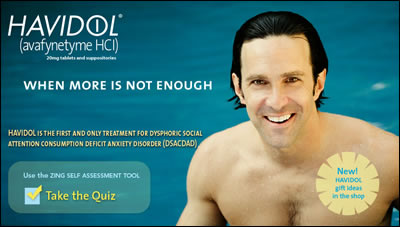Medical Museion is arranging a three-part symposium over three days (17-19 April, 2007) on the notion of ‘presence’.
In the last couple of years several scholars in the humanities, like Hans Ulrich Gumbrecht and Eelco Runia, have contributed to our understanding of the conceptual distinction between ‘meaning’ and ‘presence’. The distinction is especially interesting for museological practices and for the understanding of the field of public engagement with health and life sciences.
Much of what has been going on in museum exhibitions in the last decades can be broadly described in terms of ‘production of meaning’, i.e., historical and cultural interpretations and contextualisations of objects, images and documents.
Against these entrenched practices some museologists now emphasise the ‘production of presence’, i.e., establishing a more direct sensual relation with objects, images and texts.
The symposium focuses on the theoretical aspects of the ‘presence’/’meaning’ distinction and its importance for the humanities and aesthetic subjects, and is divided into three independent sessions: 1) an open research seminar with Jens Hauser (Paris) on Tuesday 17 April; 2) a public lecture with Hans Ulrich Gumbrecht on Wednesday 18 April; and 3) a workshop (limited attendance) on Thursday 19 April.
Read More



